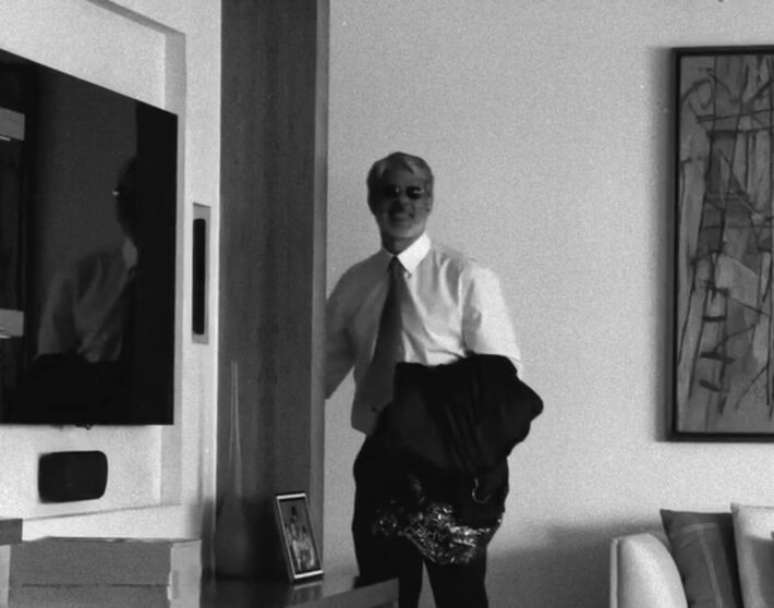The contract with the architecture firm is signed; the social movements want to cancel the competition that chose the project
In a bar in the Liberdade neighborhood, in the capital of Sao Paulo, I meet the young architect Igor Carollo, 26 years old. Despite his short professional career, he is at the forefront of important projects, especially two: the renovation of the Capela dos Aflitos and the construction of the Memorial dos Aflitos, monuments of São Paulo’s black history, on the opposite side of the block from where the ‘establishment chic than I interviewed him.
If the two works, one next to the other, are carried out simultaneously, as has so far had to happen, it is not known what the relationship of Igor Carollo, responsible for the two projects, will be with the social movements located in the Capela dos Aflitos. Although they are against the construction of the Memorial, which would ignore the representation of blacks and indigenous people, believers want the restoration of the small church built in 1779.
We leave the architect sitting in front of me, waiting for a coffee and cheese bread, and we go back in time to understand the plot of the situation which will never please all those involved and can only be resolved in many years, if it is brought to justice: this is what the architect can do, if the social movements manage to cancel the competition for the construction of the Memorial dos Aflitos, a request being examined by the Court of Auditors of the Municipality of São Paulo.
Restoration of the Chapel of the Aflitos
The Liberdade neighborhood, today identified with oriental culture, was the outskirts of São Paulo between the 17th and 19th centuries, where a poor population made up of blacks, indigenous people and immigrants lived. There was the prison, the pillory, the gallows, the cemetery and the public administration body. What remains is the Capela dos Aflitos, identified with the cult of the black hero Chaguinhas.
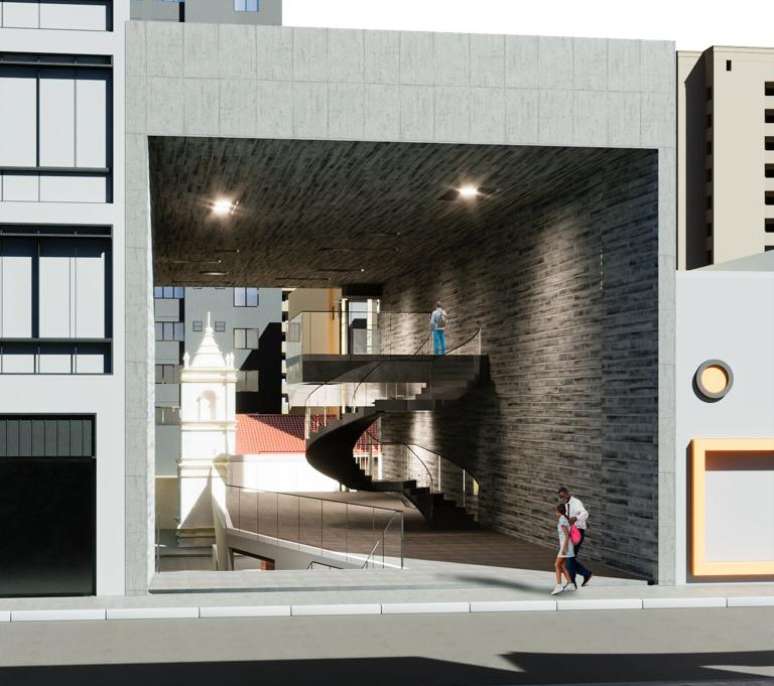
Literally crumbling, at the beginning of this year the restoration of the church was approved by the Municipality and the Municipal and State Cultural Heritage Sector. Social movements, such as the Association of Friends of the Capela dos Aflitos (Unamaca), and the Tebas Institute, celebrated the decision.
Almost at the same time, the Capital’s Department of Culture chose, through a competition, the construction project of the Memorial dos Aflitos, to be built next to the Capela dos Aflitos, in the place where the first public cemetery of São Paulo operated.
It seemed like one more reason to celebrate, after all a historic architectural asset would have been restored and another would have been built on the neighboring land, but the trouble began immediately after the architectural project of the Memorial dos Aflitos was approved.
The Memorial of the Afflicted was questioned
Although social movements such as Unamca and Instituto Tebas had representatives in the competition that classified three architectural projects for the Memorial dos Aflitos, after the winner, the São Paulo Architecture Studio, was announced, all hell broke loose.
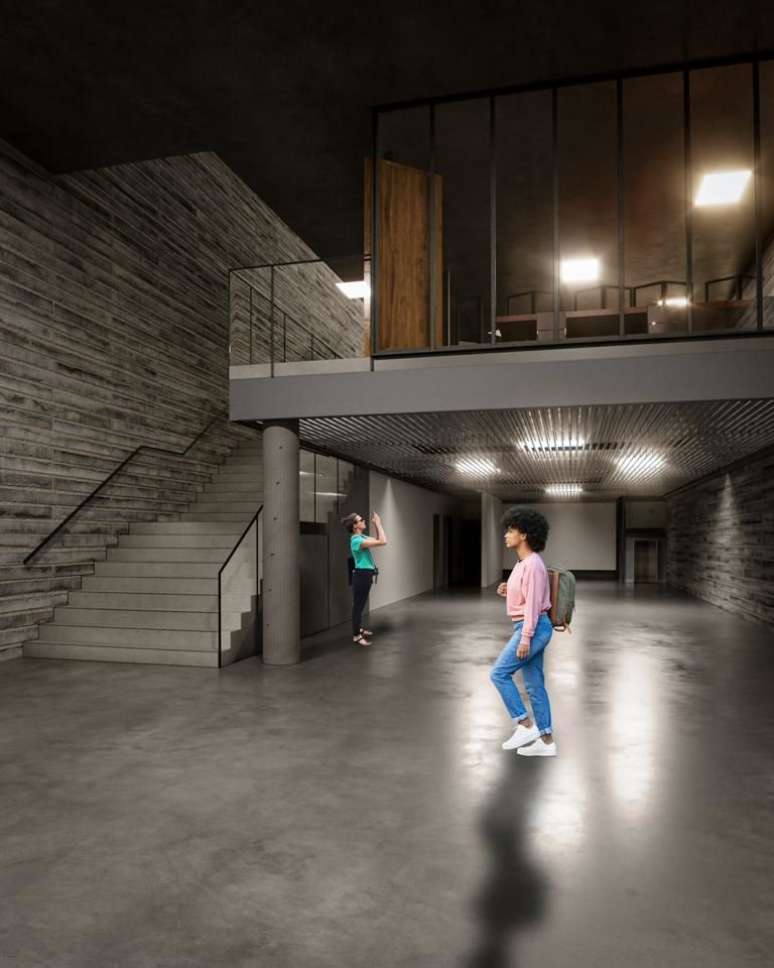
The proposal began to be questioned, from the use of local land to the lack of representation of black and indigenous people, especially by the social movements that chose it. The winning studio withdrew from the competition.
And who was the runner-up, who then took over the construction of the Memorial dos Aflitos, according to the rules of the competition? Carollo Arquitetura e Restauro, the same person responsible for the renovation of the Capela dos Aflitos.
A pertinent question
Why did the social movements approve the project that they would later question? “This is what happens: from the moment the winner was announced, the movement highlighted seven problems, even though we had two representatives on the judging panel. What does it mean? It means that the collective is greater than the individuals. The collective gives the final say,” explains Abílio Ferreira, from the Instituto Tebas.
According to lawyer Shigueo Kuwahara, in charge of filing a complaint with the Court of Auditors of the Municipality of São Paulo, the competition for the Memorial dos Aflitos did not respect the imperative principles of publicity and competition, did not adopt measures to avoid racism or to include, among other issues, Indigenous representation.
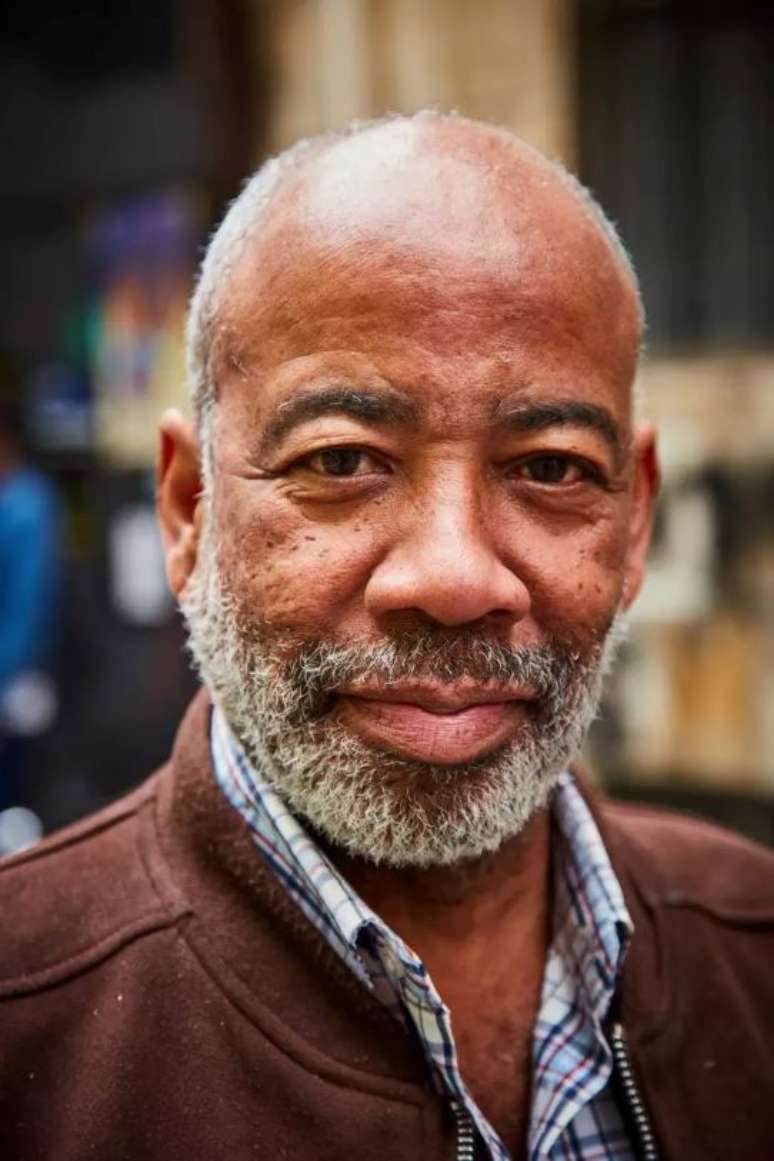
The process has been ongoing in the Legal Advice and External Control sector since 19 October. From there he will have to return with an opinion, “fundamental for future developments”, says the lawyer. What would these developments be?
“We have no indications for the revocation or maintenance of the competition. I understand that this is a complex case, as issues relating to racism are complex and go beyond individual acts of racism.”
Speaking of racism…
Let’s go back to the bar where I interview the architect Igor Carollo. Between quick glances at the cell phone – we have been talking for more than an hour – new coffees and cheese sandwiches, we talk about one of the authors of the Memorial dos Aflitos project, a black woman from the favela.
I say that, given his profile, the alleged lack of black representation would not be sustainable. I remind the architect that I have been trying to interview his work partner for three months. Very cautious, the architect Diana Cavalcante preferred not to comment on my first approach. I wanted to wait for a meeting with representatives of social movements.

However, after the conversation with Igor Carollo, the architect sends a single reply, which is long, considering the length of the text messages via cell phone. What he writes is a masterpiece of respect, awareness of citizens and significant awareness of the complexity of this story.
The architect’s response
Diana Cavalcante is a 30-year-old black woman, born and raised in Cidade de Deus, Rio de Janeiro, like her black father. She is the daughter of a woman from the North East. “Both of them have fought since they were children, like many people in this country, most of whom are suburban blacks, to survive and get better conditions. I was the first in my family to graduate from a public university.”
He studied at the Federal University of Rio de Janeiro (UFRJ). A quota member, he joined in 2012, the year the UFRJ implemented quotas for black, mixed-race and indigenous people.
“I believe that if I am here speaking to you today, as one of the authors of the Memorial dos Aflitos Project, it is because, then, these same movements that asked for greater representation, not only of blacks, but also of indigenous people, had to fight so that I I had the right to access the university, permanent programs and this space”.
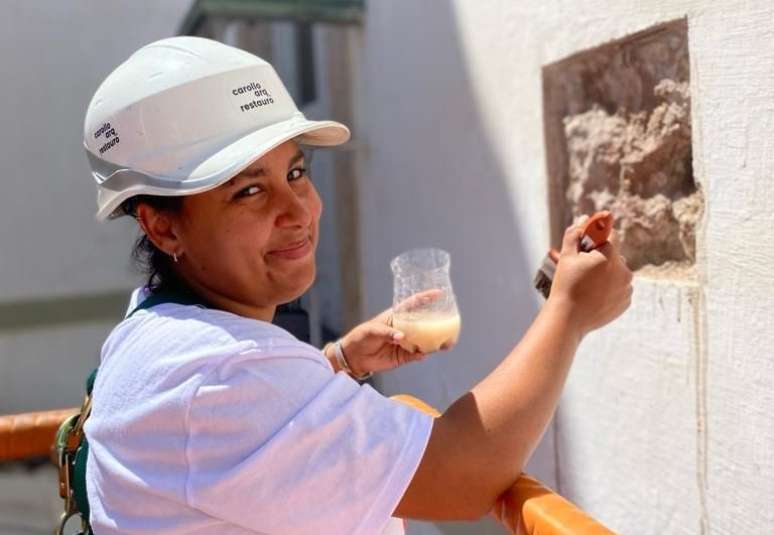
He knows that the struggle of blacks to reach a position of prominence or leadership is not easy in Brazil. “It’s painful, full of ups and downs. Perhaps more low than high and, strategically, many times it is necessary to take a few steps back so that the new generations can make great strides forward”.
She obviously wants to carry out the Memorial dos Aflitos project, but she is not reckless. “Thinking about the contribution of these struggles to bring me here, it is not right to place myself in an individualistic perspective against a collective struggle and construction.”
Source: Terra
Rose James is a Gossipify movie and series reviewer known for her in-depth analysis and unique perspective on the latest releases. With a background in film studies, she provides engaging and informative reviews, and keeps readers up to date with industry trends and emerging talents.





